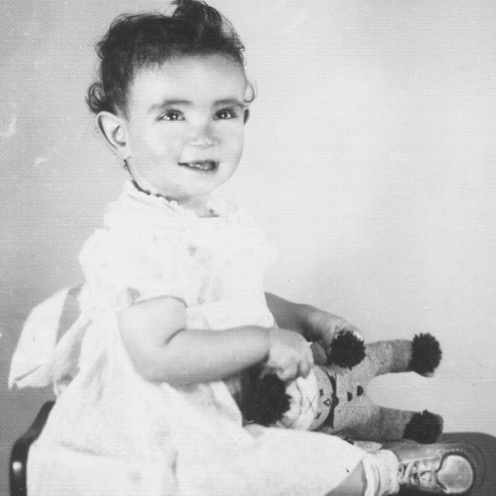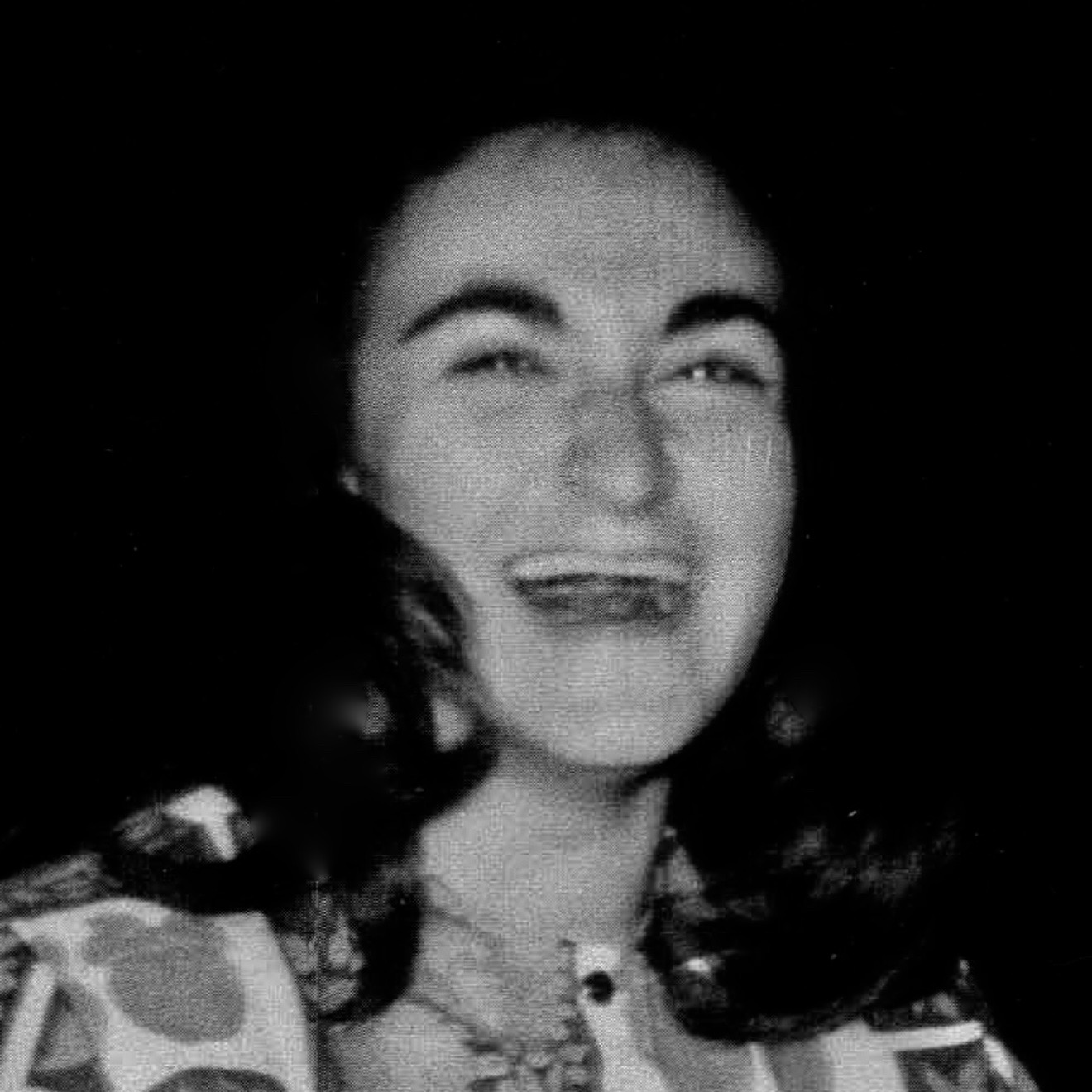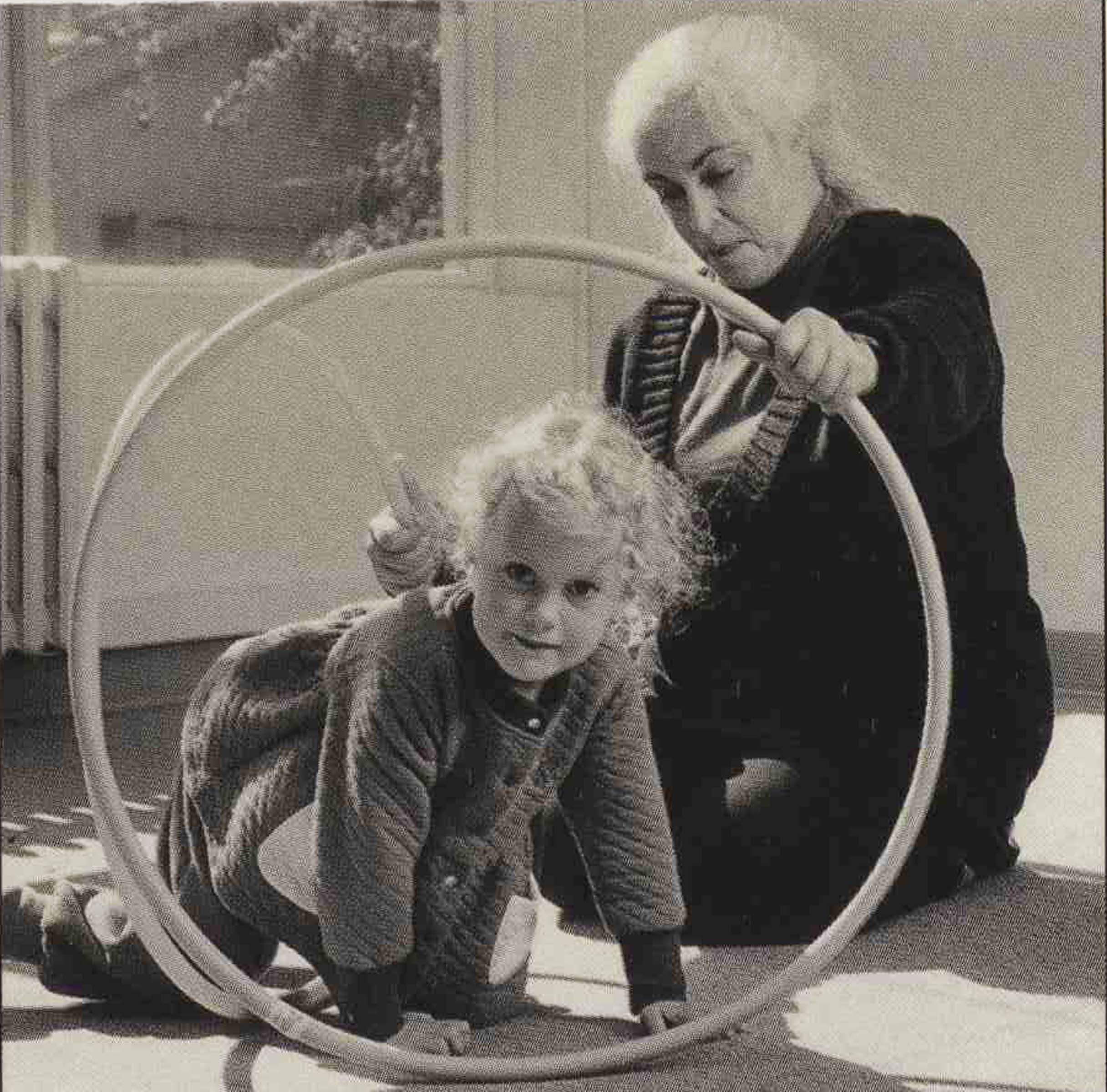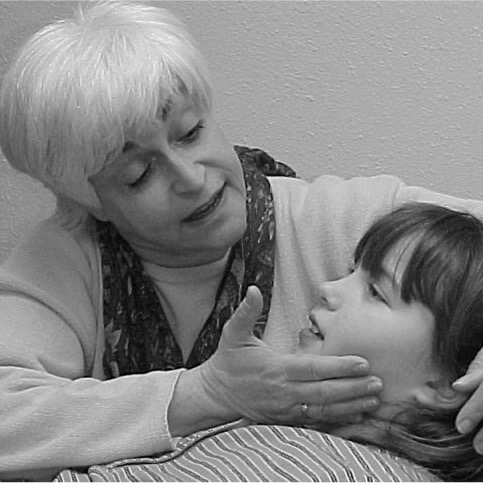 |  |  |  |
HANDLE's Founder: Judith Bluestone (1944- 2009)
Judith was born with neurological challenges and maxillo-facial irregularities. As an infant she failed to thrive. If such labels had existed in the early 1940s she would have been diagnosed as a child with Level 3 autism, obsessive compulsive disorder, oppositional defiant disorder and hyperactivity.
As a child, Judith could not ride a bike. Instead she pedaled her upside down tricycle with her hands, which engaged both hemispheres of her brain. She mechanically repeated words and phrases (echolalia), which created muscle memory of what her lips, tongue, mouth and breath had to do to make a particular sound or word. She exhibited behaviors that could have been labeled maladaptive, anti- social, self stimulatory or stereotypic but they were Judith 's best attempts to protect herself as she changed her brain.
Judith was given a recording of The Story of the Churkendoose. A story written by Ben Ross Berenberg, narrated by Ray Bolger with music by Alec Wilder and orchestra conducted by Mitchell Miller. It is the story of an unusual animal ("part chicken, turkey, duck and goose") who teaches listeners that beauty is in the eye of the beholder and "it depends on how you look at things". She played it over and over and over!
Listen to the story that inspired Judith to believe, it was enough to be "just me", as she overcame her own irregularities and challenging behaviors. Learn more about the Churkendoose here. |
After Judith graduated from university, cum laude, with a degree in history and education she went on to study neuroscience, neuropsychology, neurorehabilitation, human development, visual processing, sensory-motor development and integration, counseling, nutrition and much more. She studied as many alternate approaches as she could, all the while striving to understand what she had learned and experienced personally.
In 1975, Judith was struck by a car that damaged her spine. After two years in a wheelchair, despite therapists telling her that it couldn't be done, she recovered the use of both of her legs with movements she designed to repair the neuro pathways.
For many years Judith was the head teacher in classrooms for students with learning and behavior challenges in Illinois, Ohio and New York before moving to Israel. Judith spent eleven years in a kibbutz developing her ideas into a functional program that continued after she left, winning the 1989 National Prize for Early Childhood Education for the State of Israel.
Judith returned to the US in 1990 and founded The HANDLE Institute. As a result, thousands of individuals and families around the world have received help and hope because of HANDLE.Judith Bluestone passed away unexpectedly in February of 2009.
Listen to Judith tell her own story. (5 minutes) |
Judith was given the Jefferson Award in 2004 for outstanding public service in the state of Washington. Later that year she was honored with The Jaqueline Kennedy Onassis Award "for creating and sharing HANDLE to enhance the quality of life of individuals and families in her community, country and the world". This video was produced by the Jefferson Awards Foundation for the awards ceremony in Washington DC. |
| In her book, The Fabric of Autism, Judith explains the HANDLE approach through the lens of the those on the autism spectrum with stories from her own experience and the people she helped. The book serves as an in-depth introduction to the HANDLE paradigm and approach, which can help individuals with many kinds of neurodevelopmental challenges and diagnoses. The message is whatever "fabric" you were born with it can be rewoven into a more supple fabric with your own unique patterns and abilities. Find out more here. |
.jpg)